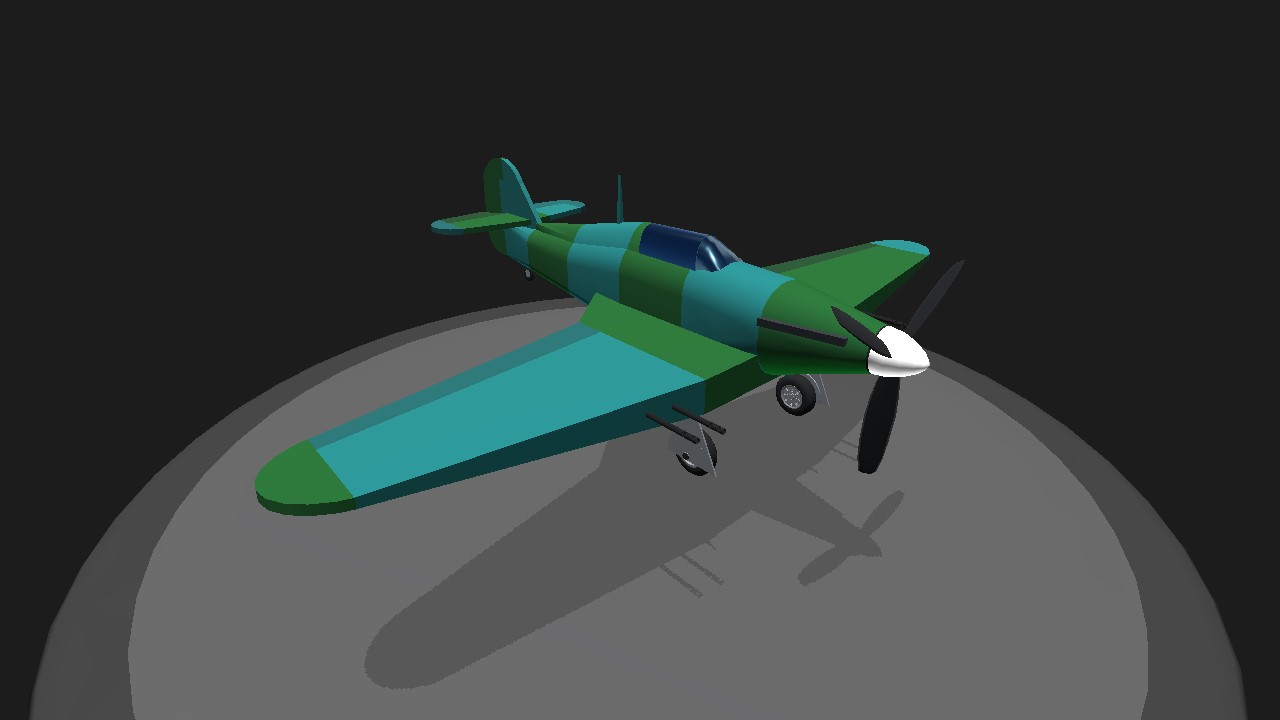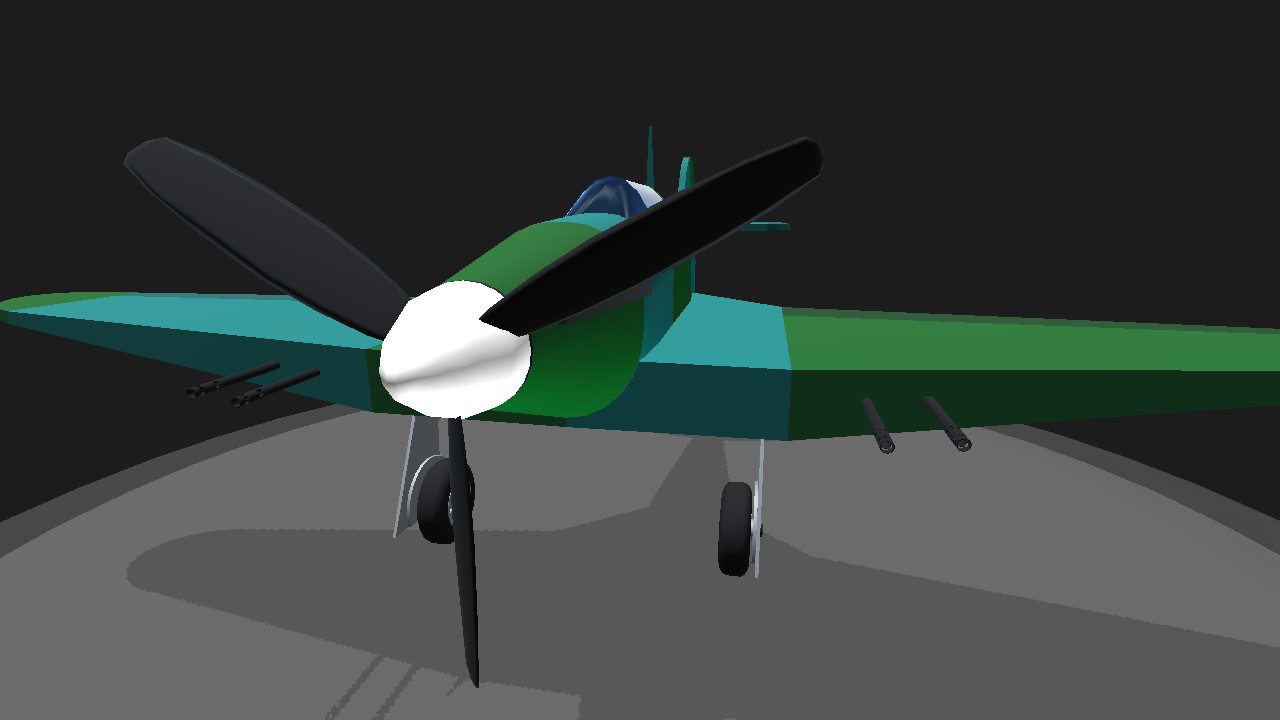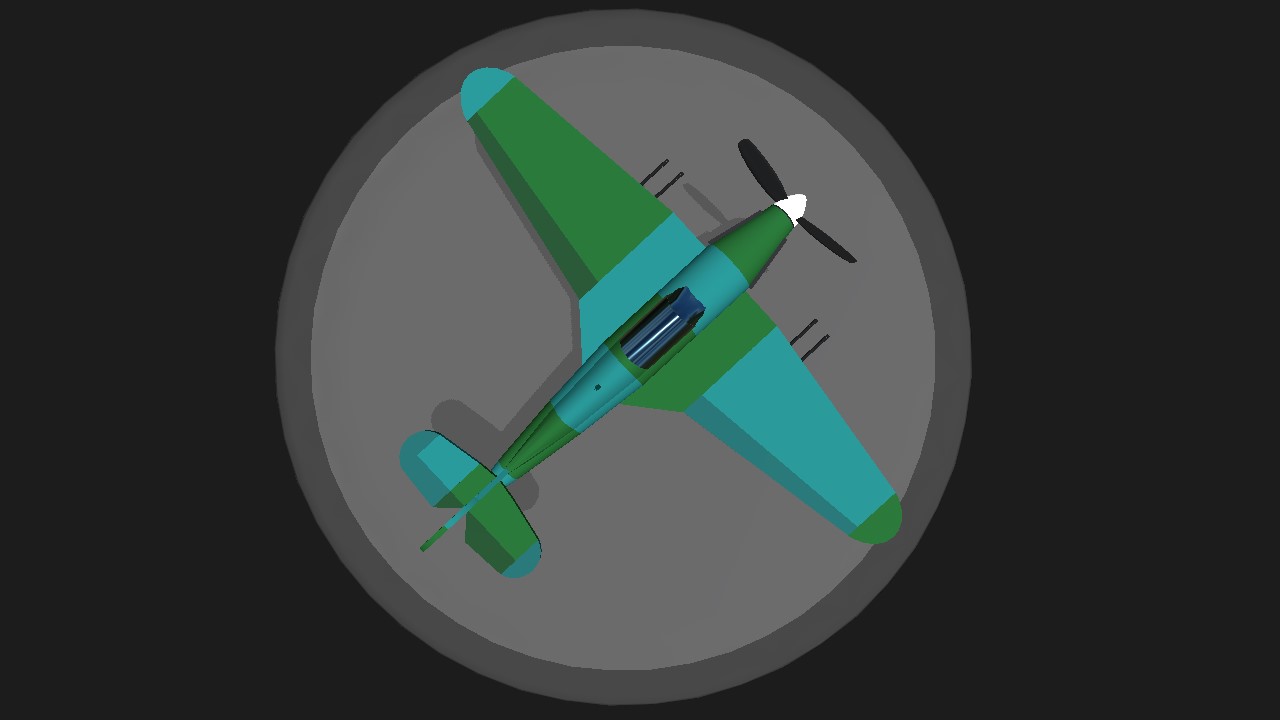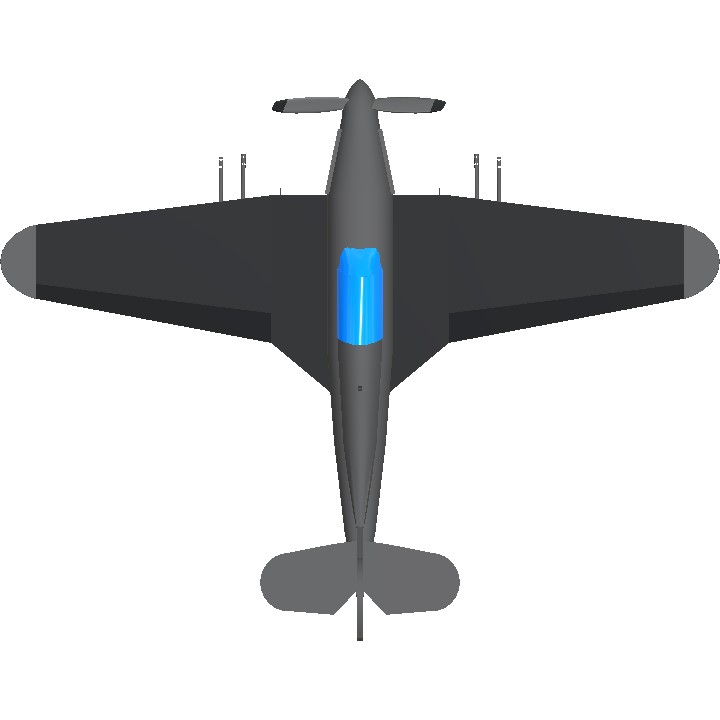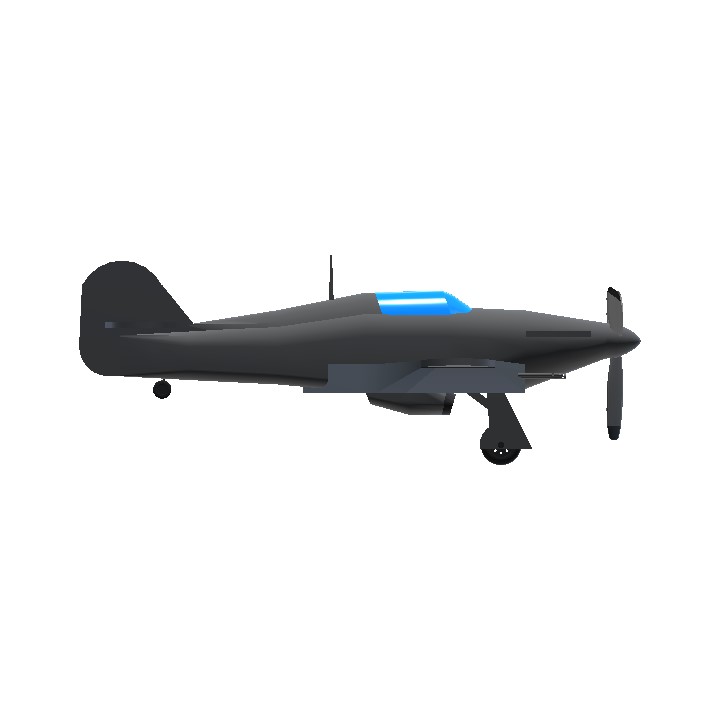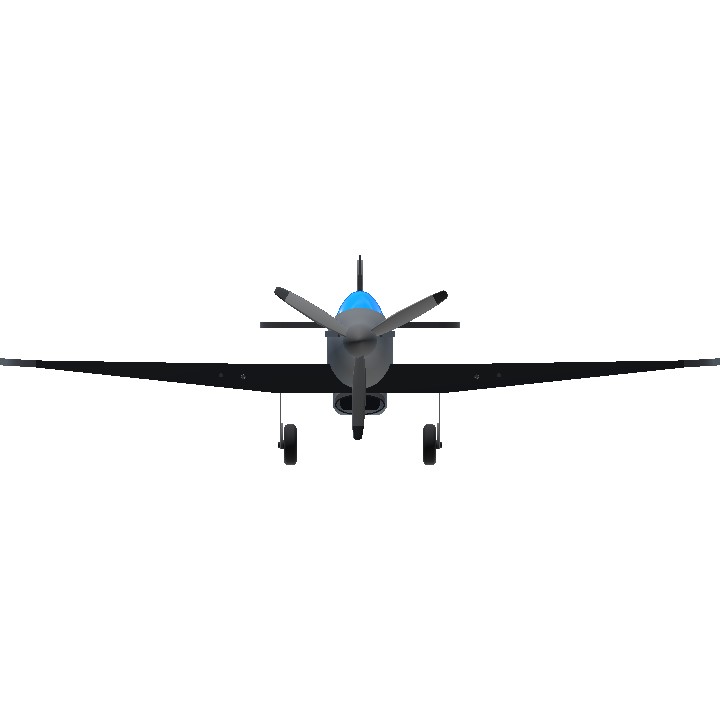The unsung G.O.A.T behind the scene of Allies' victory~
Hawker Hurricane
The Hawker Hurricane, designed by Sydney Camm, played a pivotal role in the Allied victory during World War II, particularly in the Battle of Britain. Often living in the shadow of its more glamorous stablemate, the Supermarine Spitfire, the Hurricane was actually more numerous and responsible for shooting down a greater number of enemy aircraft during that crucial period.
This rugged and dependable monoplane fighter was characterized by its fabric-covered fuselage and metal wings. Equipped initially with eight .303 Browning machine guns, the Hurricane was a stable gun platform and surprisingly maneuverable at lower altitudes. Later variants saw improvements in armament, including the addition of 20mm Hispano cannons, and were adapted for ground attack roles with rockets and bombs.
While the Spitfire was typically tasked with engaging enemy fighters, the Hurricane focused on intercepting bombers, a crucial task that spared Britain from even greater devastation. Though slightly slower and less elegant than the Spitfire, the Hurricane was easier and cheaper to produce, simpler to maintain, and more forgiving to fly, making it a valuable asset in the hands of both experienced and less experienced pilots.
The Hurricane saw action in virtually every theatre of the war, from France to North Africa, the Soviet Union, and the Far East. It evolved through numerous variants, including the Sea Hurricane, which was equipped with catapult spools for launching from merchant ships, providing vital air cover for convoys.
Possible Aircraft Nicknames (from Related Community Forum Discussions):
Based on forum discussions and historical documentation, several nicknames for the Hurricane appear:
"Hurri": A common and affectionate abbreviation used by pilots and ground crew.
"Can Opener"/"Tin Opener": This more darkly humorous nickname likely arose from the devastating effect of the eight .303 machine guns (asomething "lite version" of P-47 Thunderbolt), especially when concentrated on enemy bombers. Some historians dispute the widespread use of this nickname.
"The Champs": Not a very common nickname, but refers to the pilot's nickname when they shot down a significant number of enemy aircraft.
"The Bomber's Bane": Emphasizing its effectiveness in intercepting and shooting down Luftwaffe bombers.
"The Ground Pounder": Referencing the Mk IIC and other variants used for ground attack roles.
"Old Reliable": A general term for its consistent performance and dependability.
- About the variant
Hurricane Mk.IIC (FB.2(?))
The Hurricane Mk.II armed with four 20 mm (.79 in) Hispanos became the Mark IIC, using a slightly modified wing. Trials with a pair of external cannons as armament had begun in May 1939, then the internal arrangement in June to August 1940. In November 1940 thirty sets of Hurricane IIC (Four cannon) wings were built by semi-tooled and hand methods in the experimental shop, using wings damaged in the region of the gun bay.
Test flights with external fuel tanks began in May 1940, the first Mark II trials in June 1941. Test flights carrying bombs began in April 1941, the first Mark II trials with 500-pound bombs were in February 1942, most Mark II were built as able or converted to carry external stores. By then performance was inferior to the latest German fighters, and the Hurricane changed to the ground-attack role, sometimes referred to as the Hurribomber. The Mark also served as a night fighter and "intruder." The last Hurricane built was a Mark IIC, serial number PZ865.
C O N T R O L S
Trim : Flaps, cruising 'rotate' adjuster
VTOL : Further flaps
Specifications
General Characteristics
- Created On Android
- Wingspan 39.9ft (12.2m)
- Length 31.2ft (9.5m)
- Height 11.7ft (3.6m)
- Empty Weight 5,123lbs (2,323kg)
- Loaded Weight 7,759lbs (3,519kg)
Performance
- Power/Weight Ratio 0.062
- Horse Power/Weight Ratio 0.154
- Wing Loading 15.2lbs/ft2 (74.3kg/m2)
- Wing Area 509.9ft2 (47.4m2)
- Drag Points 1651
Parts
- Number of Parts 69
- Control Surfaces 7
- Performance Cost 465

